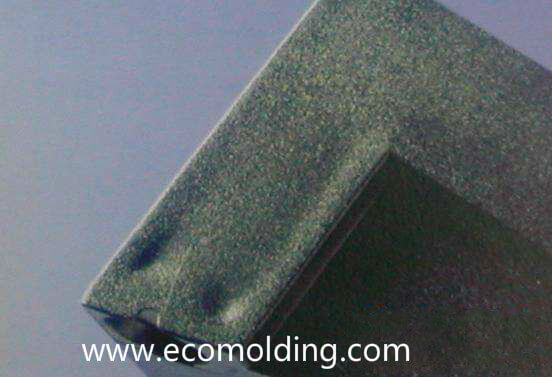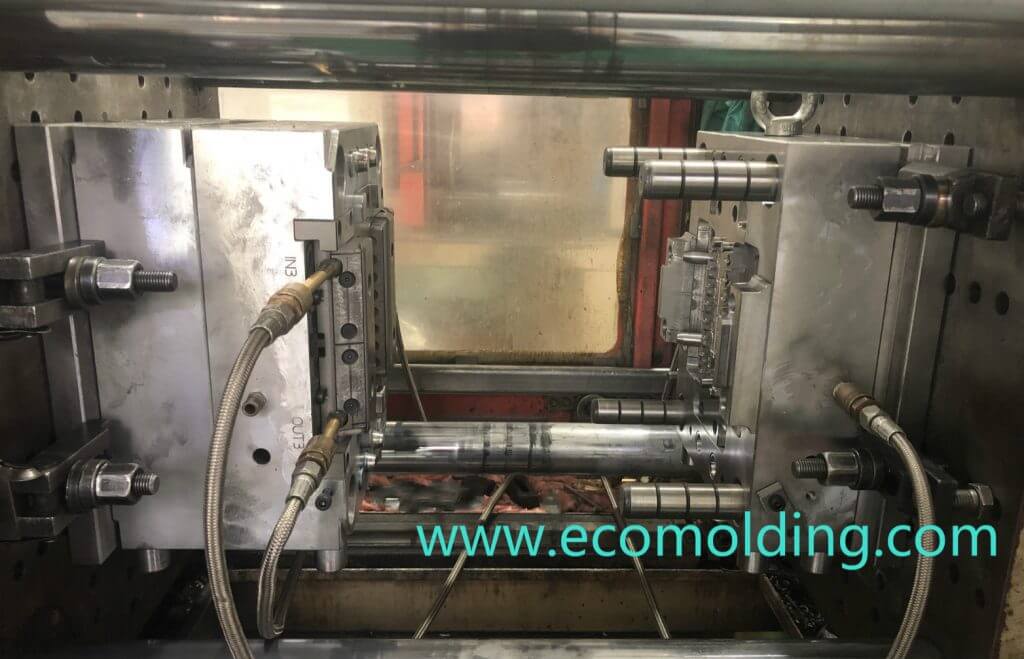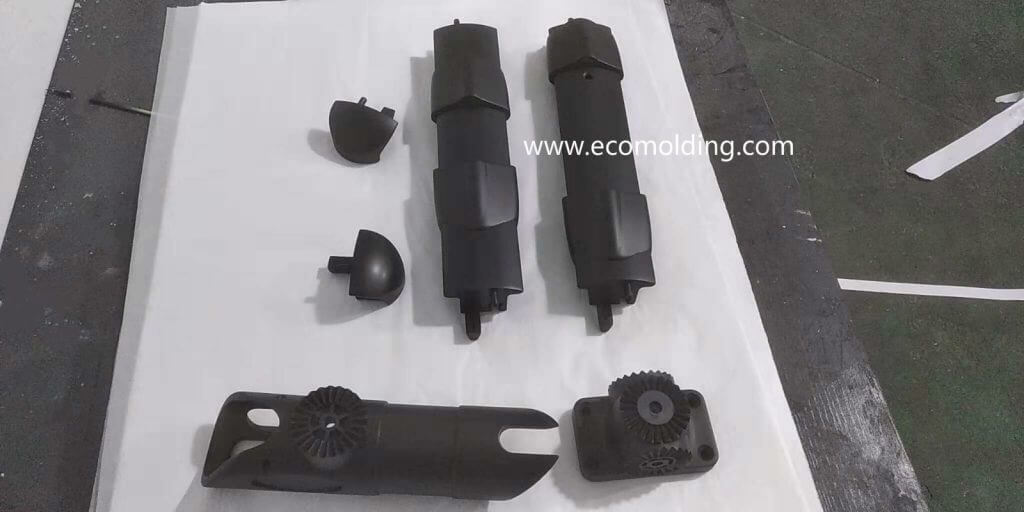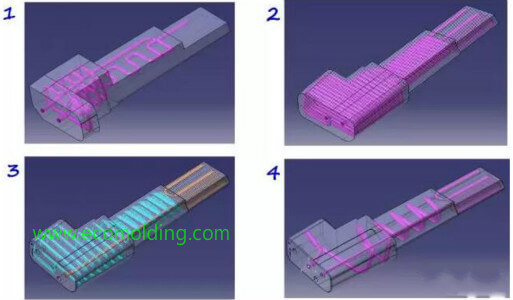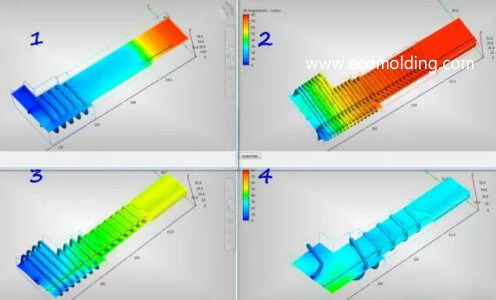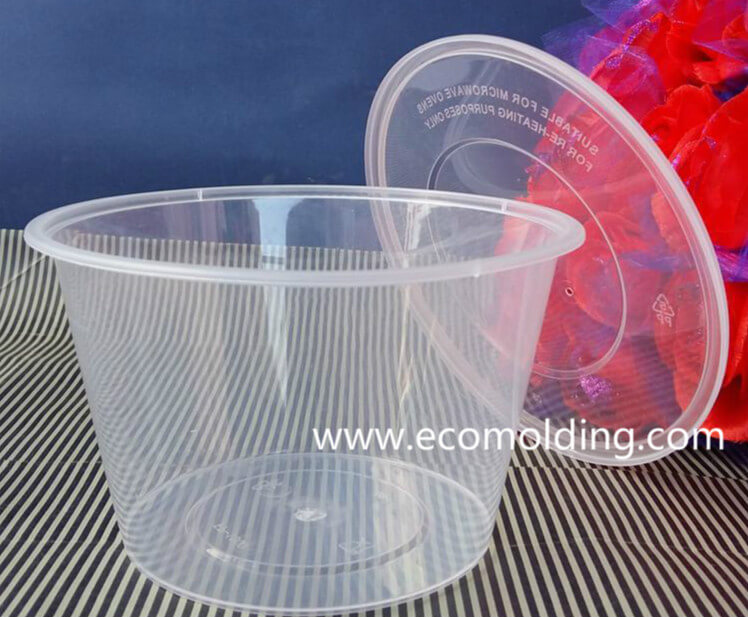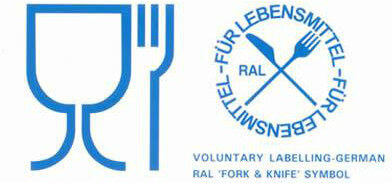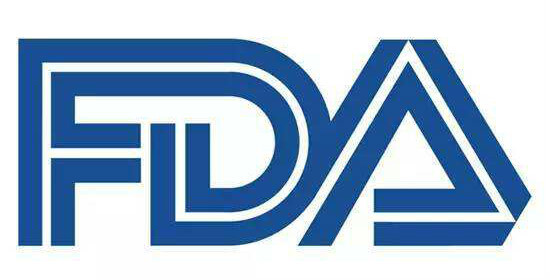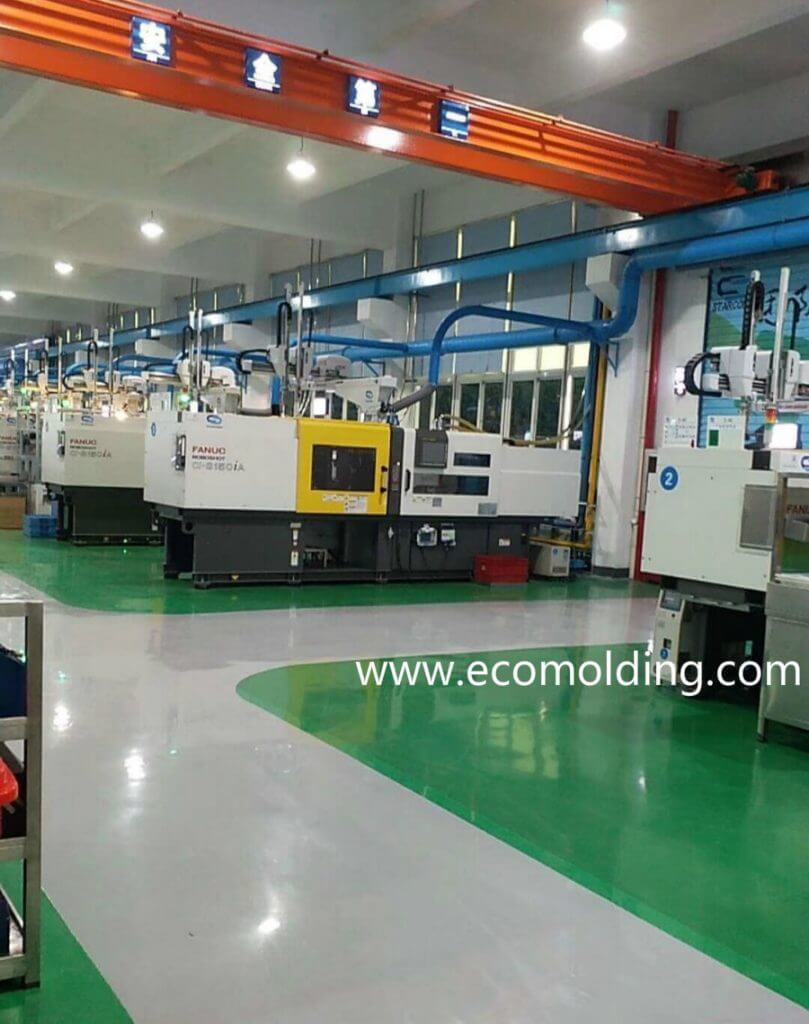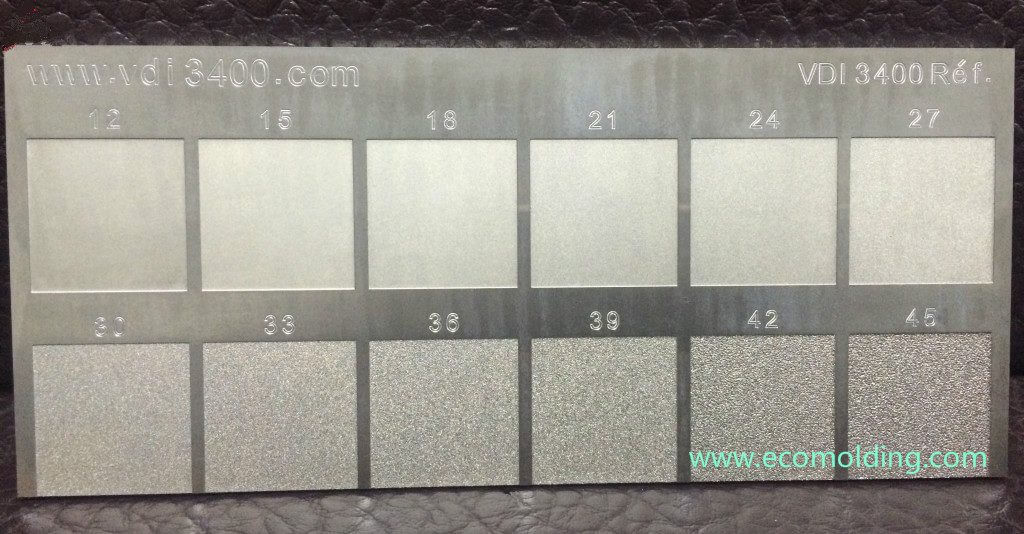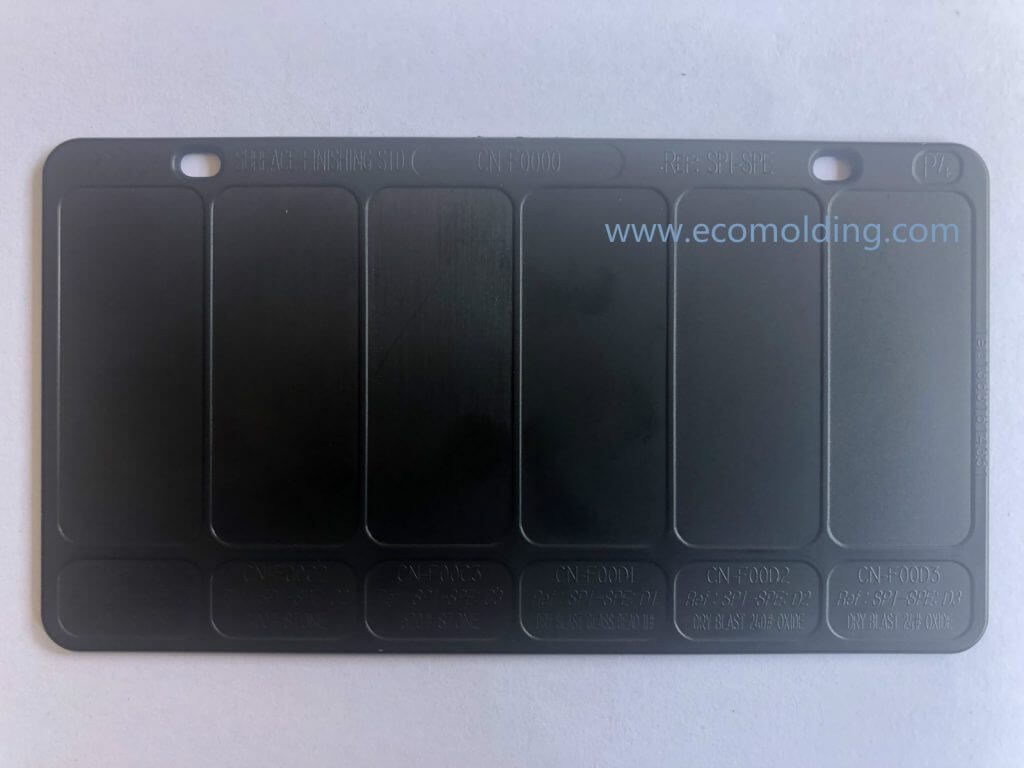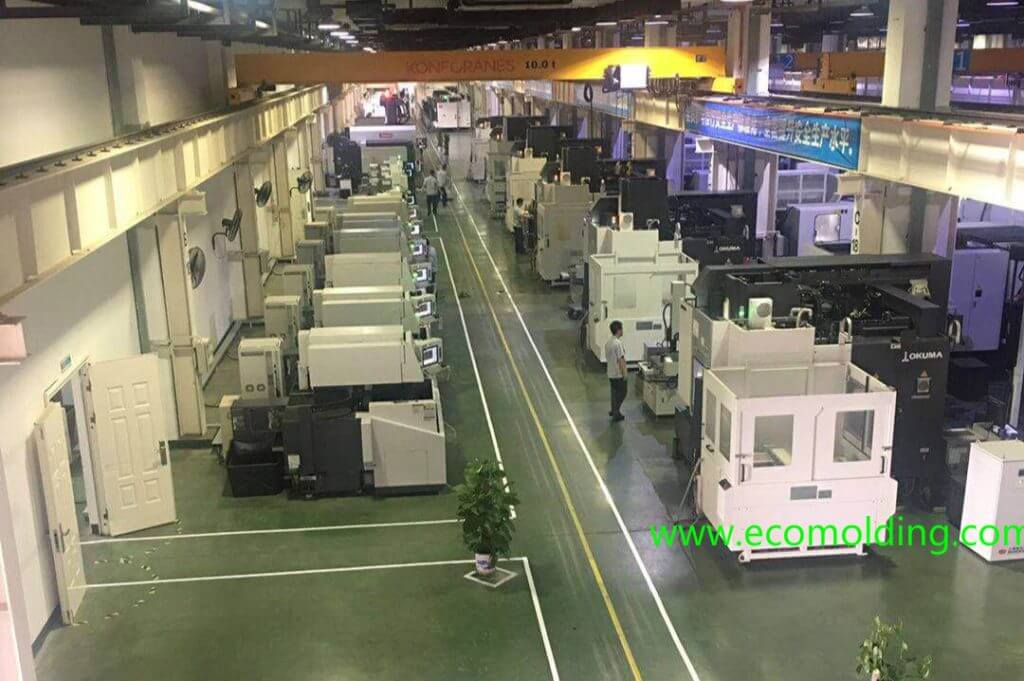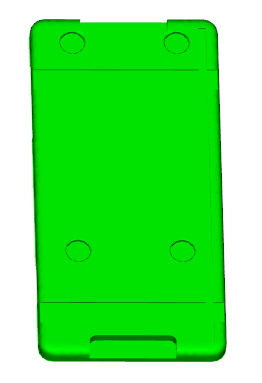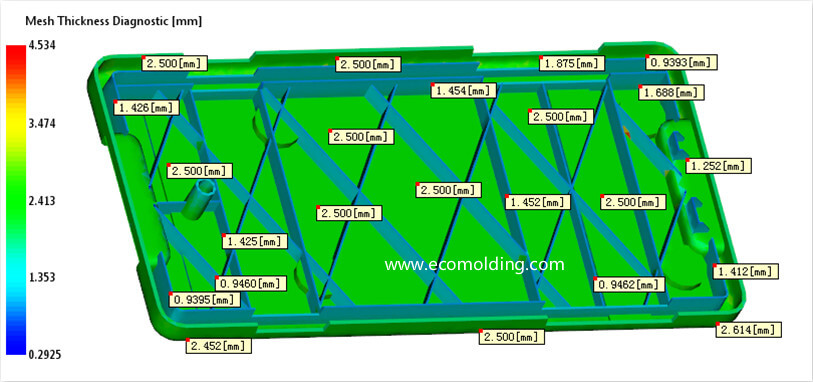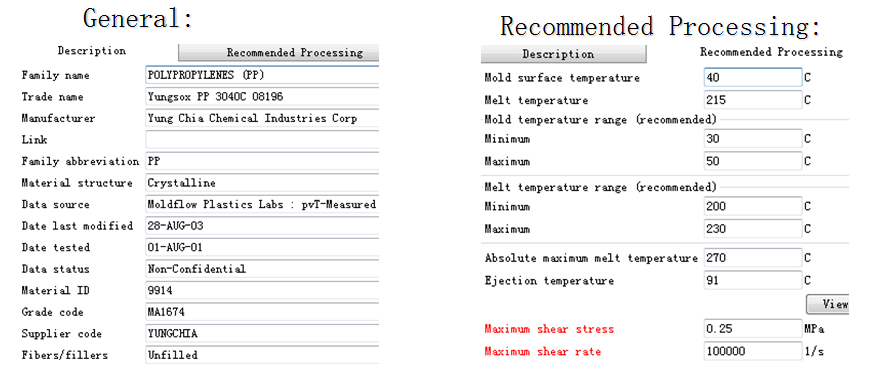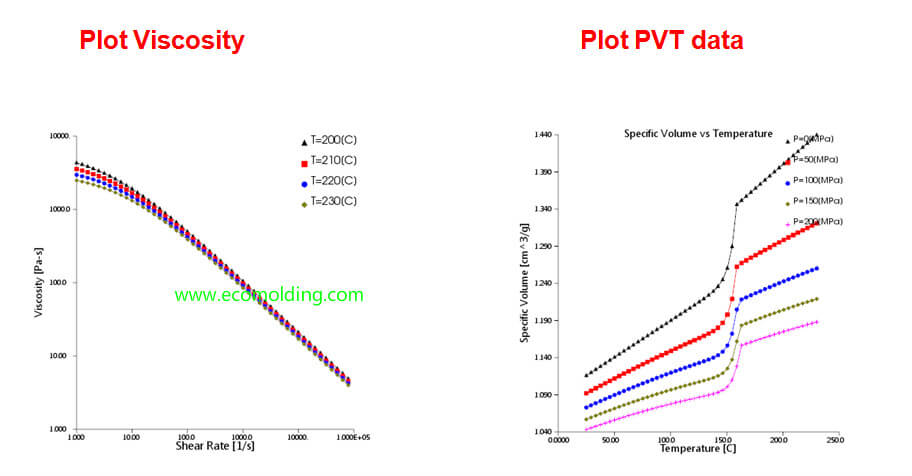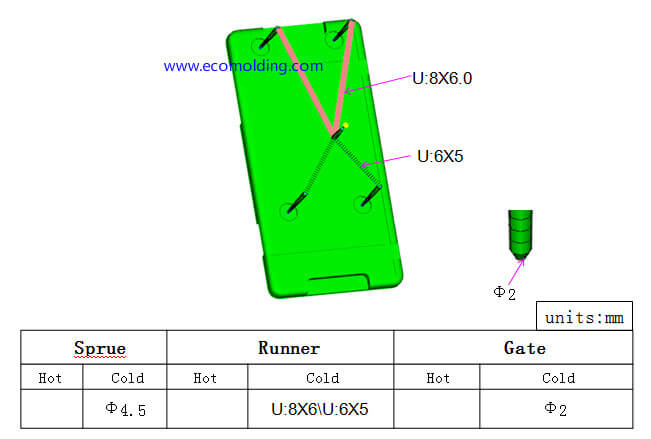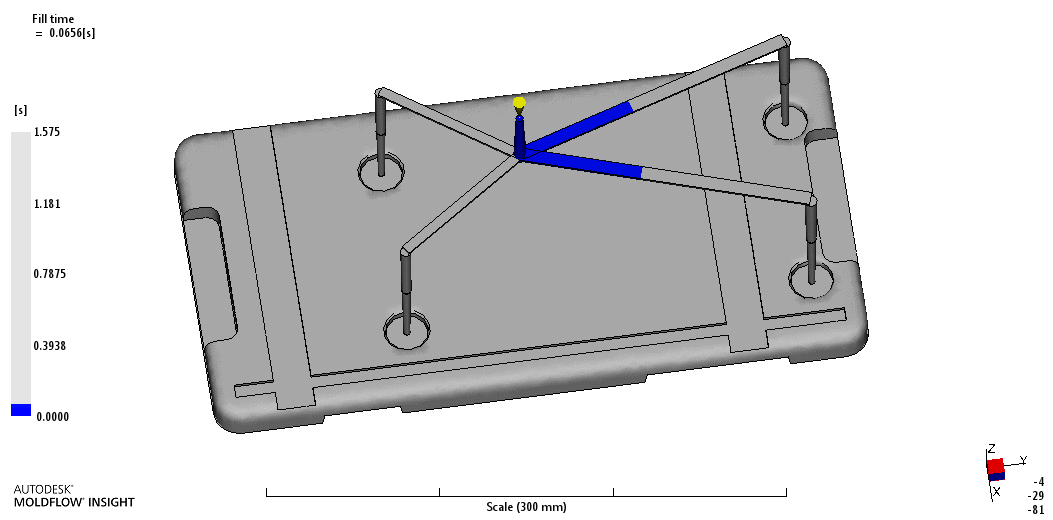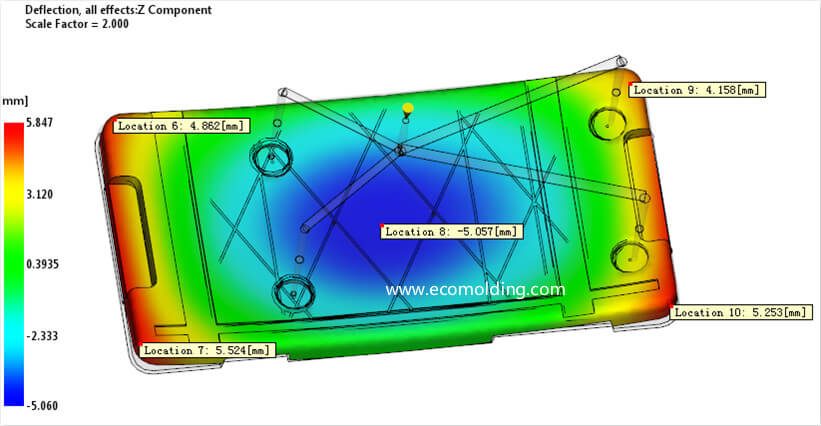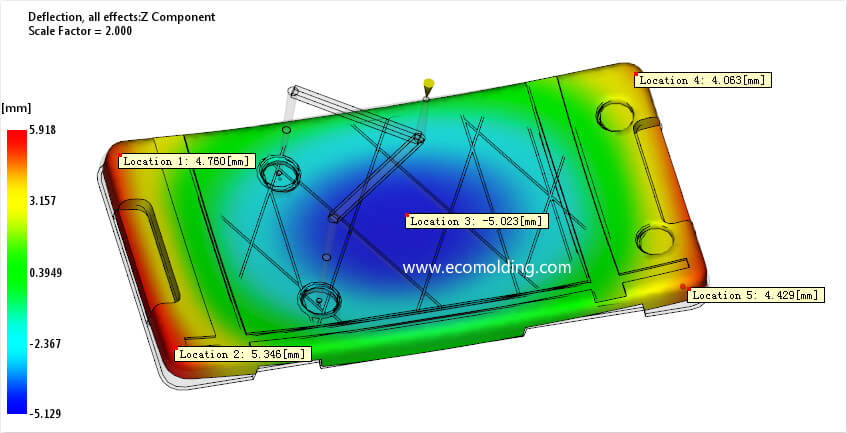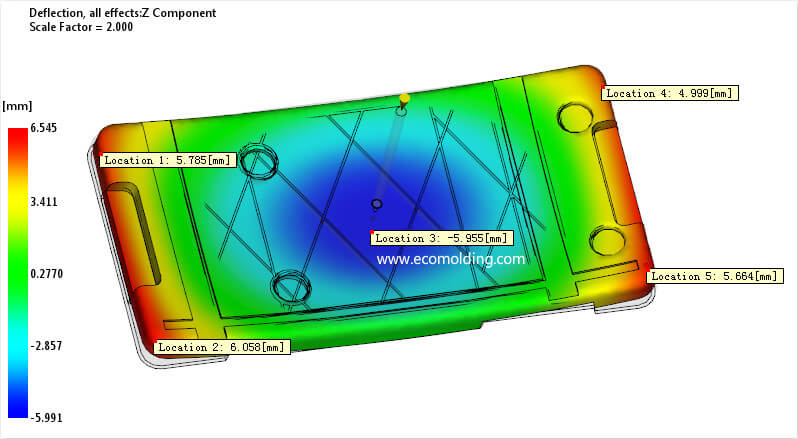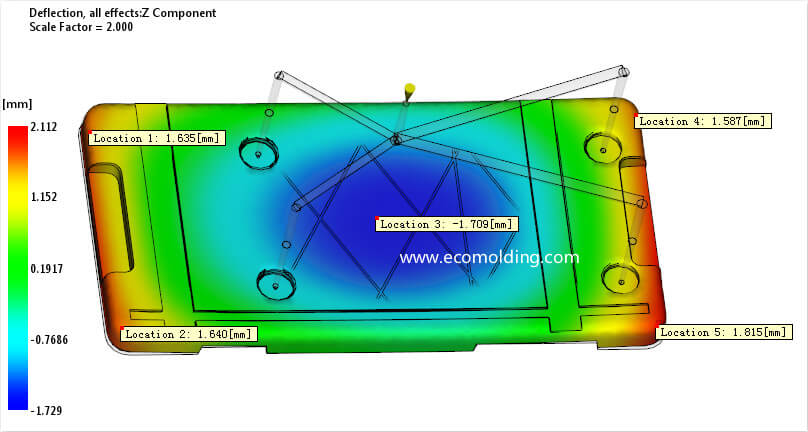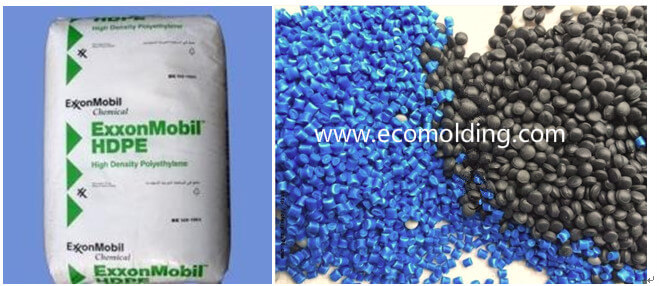
This article is to analyze the engineering application scope, the respective characteristics of their applications and the application scope of HDPE, LDPE and LLDPE resin materials from the aspects of raw material, molecular structure, density, crystallinity, softening point, corrosion resistance, temperature range, mechanical properties, tensile strength, elongation at break, resistance to environmental stress cracking, industrial production principles, processes and additives, etc.
As one of the five commonly used synthetic resins, polyethylene is a synthetic resin that boasts the largest production capacity and the highest import volume in China. At present, China is already the largest importer and the second largest consumer of polyethylene in the whole world. Polyethylene is a mixture of ethylene monomers, while polyethylene plastic is a plastic product made with polyethylene resin as the base material, combined with a small dose of additives, such as antioxidants and slip agents. Polyethylene is mainly divided into three categories: linear low-density polyethylene (LLDPE), low-density polyethylene (LDPE), and high-density polyethylene (HDPE).
1 . High-density polyethylene, abbreviated as HDPE
HDPE is non-toxic, tasteless and odorless, with a density of 0.940 to 0.976 g/cm3. It is produced through low-pressure polymerization with the help of the Ziegler catalyst, so high-density polyethylene is also referred to as low-pressure polyethylene.
HDPE is a thermoplastic resin, which is copolymerized with ethylene to form the high crystallinity and non-polarity properties. The original HDPE has a milky white appearance and a somewhat semi-transparent state in the thin section. It is excellent in resistance to most household and industrial chemicals, able to resist corrosion and dissolution by strong oxidizing agents (concentrated nitric acid), as well as acid / alkali / salt and organic solvents (carbon tetrachloride). The polymer is non-hygroscopic and features a great resistance to water vapor and can be used for moisture-proof and anti-permeability purposes.
Its weakness is that its resistance to aging and environmental stress cracking is not as good as that of LDPE. Especially, its performance will be lowered under the effect of thermal oxidation, so when made into plastic coils, high-density polyethylene is often added with anti-oxidants and UV absorbers to improve the weakness.
2 . Low density polyethylene, abbreviated as LDPE
LDPE is non-toxic, tasteless and odorless, with a density of 0.910 to 0.940 g/cm3. It is produced through polymerization under the 100 to 300MPa high-pressure conditions, by using oxygen or an organic peroxide as the catalyst, so it is also referred to as high-pressure polyethylene.
Low-density polyethylene is the lightest variant among all polyethylene resins. Compared with high-density polyethylene, its crystallinity (55%-65%) and softening point (90-100°C) are relatively lower; it boasts great softness, extensibility, transparency, cold resistance and processability; with an outstanding chemical stability, it is resistant to acid, alkali and salt solutions. Its characteristics also include great electrical insulation and air permeability; low water absorption; and easy combustibility. It is soft in nature and features good elongation, electrical insulation, chemical stability, processability and resistance to low temperature (up to -70°C).
Its weaknesses are its deficiency in mechanical strength, moisture resistance, air permeability and resistance to solvents. The molecular structure is not regular enough, while its crystallinity (55% to 65%) and crystalline melting point (108 to 126°C) is also relatively lower.
Its mechanical strength is lower than that of high-density polyethylene, and its anti-seepage coefficient, thermal resistance and resistance to aging caused by sun exposure are also rather poor. Under sunlight or high temperature conditions, it is prone to aging and discoloration, resulting in performance deterioration, so when made into plastic coils, low-density polyethylene is often added with anti-oxidants and UV absorbers to improve the weaknesses.
3 . Linear Low-density polyethylene, abbreviated as LLDPE
LLDPE is non-toxic, tasteless and odorless, with a density between 0.915 and 0.935 g/cm3. It is a copolymer produced through high-pressure or low-pressure polymerization, using ethylene and a small dose of high-grade α-olefins (such as 1-butene, 1-hexene, 1-octene, 4-methyl-1-pentene, etc.) as the catalysts. The molecular structure of conventional LLDPE is characterized by its linear backbone, with few or no long chain branches, but containing some short chain branches. Without long chain branches, the polymer is endowed with a higher crystallinity.
Compared with LDPE, LLDPE boasts the advantages of higher strength, greater toughness, stronger rigidity, as well as better resistance to heat and cold. In addition, it also features outstanding resistance to environmental stress cracking and tear strength, while being resistant to acids, alkalis and organic solvents.
To sum up, the three above-mention materials play an important role in different types of anti-seepage projects. HDPE, LDPE and LLDPE all boast excellent insulation, moisture resistance and impermeability, and are non-toxic, tasteless and odorless, allowing them to be extremely widely applied in agriculture, aquaculture, artificial lakes, reservoirs and rivers. Therefore, they are vigorously promoted and popularized by the Bureau of Fisheries of the Ministry of Agriculture, the Shanghai Fisheries Research Institute, and the Fishery Machinery and Instrument Research Institute.
In the strong acidic, strong alkaline, strong oxidative and organic solvent environments, the properties of HDPE and LLDPE can be made full use of. Especially, in terms of resistance to strong acid, strong alkali, strong oxidation and organic solvents, HDPE performs far better than the other two materials, so the anti-seepage and anti-corrosion coil materials made from HDPE are widely used in the chemical and environmental protection industries.
Low-density polyethylene also features great resistance to acids, alkalis, and salt solutions, as well as outstanding elongation, electrical insulation, chemical stability, processability, and resistance to low temperature. Therefore, it is widely used in agriculture, aquaculture, packaging (especially low-temperature packaging) and the cable industry.
A Comparison of the Properties of HDPE, LDPE and LLDPE
| Plastic Name | High-Density Polyethylene | Low-Density Polyethylene | Linear Low-Density Polyethylene |
| Property Comparison | HDPE | LDPE | LLDPE |
| Smell & Toxicity | Nontoxic, tasteless and odorless | Nontoxic, tasteless and odorless | Nontoxic, tasteless and odorless |
| Density | 0.940-0.976g/cm3 | 0.910-0.940g/cm3 | 0.915-0.935g/cm3 |
| Crystallinity | 85-65% | 45-65% | 55-65% |
| Molecular Structure | Contains only carbon-carbon and carbon-hydrogen bonds, requiring more energy to break | The polymer has a small molecular weight and can be broken with less energy | Linear structure with few branch and short chains, can be broken with less energy |
| Softening Point | 125-135℃ | 90-100℃ | 94-108℃ |
| Mechanical Properties | High strength, toughness and rigidity | Low mechanical strength | High strength, toughness and rigidity |
| Tensile Strength | High | Low | Higher |
| Elongation at Break | Higher | Low | High |
| Impact Strength | Higher | Low | High |
| Resistance to Moist & Water | Good permeability to water, vapor and air; low water absorption; great resistance to seepage | Poor airproof and moisture-proof properties | Good permeability to water, vapor and air; low water absorption; great resistance to seepage |
| Resistance to Acid, Alkali, Corrosion and Organic Solvents | Resistant to strong oxidants, acids, alkalis and various salts; insoluble in any organic solvents. | Resistant to acid, alkali and salt solutions, but with poor resistance to solvents | Resistant to acids, alkalis, and organic solvents |
| Resistance to Heat / Cold | Great resistance to heat and cold, even so in the temperature range from room temperature to as low as -40°C; excellent impact resistance; embrittlement temperature < -90°C | Low resistance to heat; embrittlement temperature <-70°C | Great resistance to heat and cold; embrittlement temperature <-90°C |
| Resistance to Environmental Stress Cracking | Good | Better | Good |

